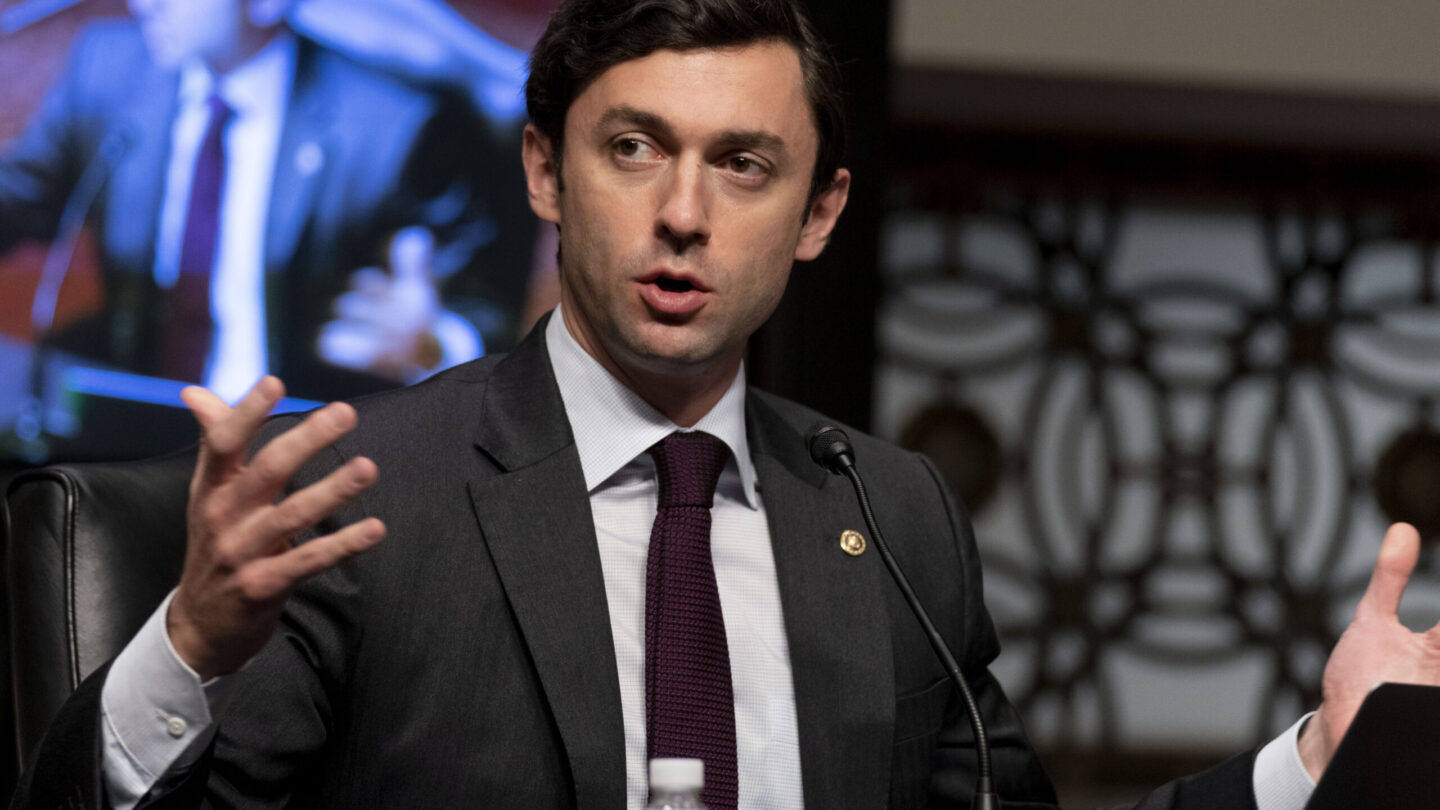Congress has passed legislation requiring the federal Bureau of Prisons to overhaul failing and outdated security systems in the wake of rampant staff sexual abuse, inmate escapes and high-profile deaths.
The bill, approved by the House on a voice vote Wednesday, would force the troubled prison agency to fix broken surveillance cameras and install new ones, providing upgraded tools to fight and investigate staff misconduct, inmate violence and other problems.
The Prison Camera Reform Act, which the Senate passed last year, now goes to President Joe Biden to be signed into law.
“Broken prison camera systems are enabling corruption, misconduct, and abuse,” said the bill’s sponsor, Sen. Jon Ossoff, D-Ga. He has led multiple investigations of crime and corruption in federal prisons as chairman of the Senate Permanent Subcommittee on Investigations, part of the Senate Homeland Security and Governmental Affairs Committee.
The bipartisan legislation would require the Bureau of Prisons to evaluate and enhance security camera, radio and public address systems at its 122 facilities. The agency must submit a report to Congress within three months detailing deficiencies and a plan to make needed upgrades. Those upgrades are required within three years and the bureau must submit annual progress reports to lawmakers.
Failing and inadequate security cameras have allowed inmates to escape from federal prisons and hampered investigations. They were an issue in the deaths of gangster James “Whitey” Bulger at a federal prison in West Virginia in 2018 and financier Jeffrey Epstein at a federal jail in New York City in 2019.
Cameras captured inmates going into Bulger’s cell, but not the assault that ended his life — due to limitations on how they can be positioned.
In Epstein’s case, some cameras malfunctioned while others revealed that guards failed to make some required half-hourly checks, and footage of his apparent suicide attempt a few weeks earlier was lost “as a result of technical errors,” prosecutors said.
The House vote came just a day after Ossoff’s subcommittee heard testimony from three formerly incarcerated women who said staff abused them in areas of federal prisons that lacked cameras. The panel has spent months investigating staff sexual misconduct in federal prisons.
The Justice Department’s internal watchdog testified that deficiencies with security cameras in federal prisons have compromised investigations into various misconduct, including sexual assault, the introduction of contraband, violations of civil rights and inmate deaths. The inspector general, Michael Horowitz, noted that cameras are also integral to disproving false allegations.
In introducing the camera bill last year, Ossoff said that blind spots, lost footage, and technical failures were unacceptable. He said federal prisons “must be cleaned up and held to the highest standards.”
The legislation also had the backing of the leaders of the Senate Judiciary Committee — the chairman, Sen. Dick Durbin, D-Ill., and the top Republican, Iowa Sen. Chuck Grassley.
In March, The Associated Press reported that a lack of security cameras in critical areas contributed to rampant staff sexual abuse of inmates at a federal women’s prison in Dublin, California. One woman testified at a trial last month that the since-convicted former warden, Ray Garcia, told her he knew of areas that wouldn’t be captured by surveillance cameras.
The Bureau of Prisons has pledged to overhaul Dublin’s camera system, but progress has been hampered by the need for still more technological and infrastructure upgrades at the Bay Area facility, which opened in 1974.
The bureau’s director, Colette Peters, testified to Ossoff’s committee that cameras have proved effective at curbing abuses, but that more money is needed to make systemwide upgrades. The bureau, which is the Justice Department’s largest law enforcement agency, has an annual budget of $8 billion, but has a $2 billion capital improvement backlog. The legislation does not provide for additional money.
“I have seen this type of behavior and other nonsexual behavior decrease dramatically with the introduction of cameras — both the static cameras inside the institution and also the usage of body cameras,” said Peters, who was previously director of Oregon’s state prison system.









